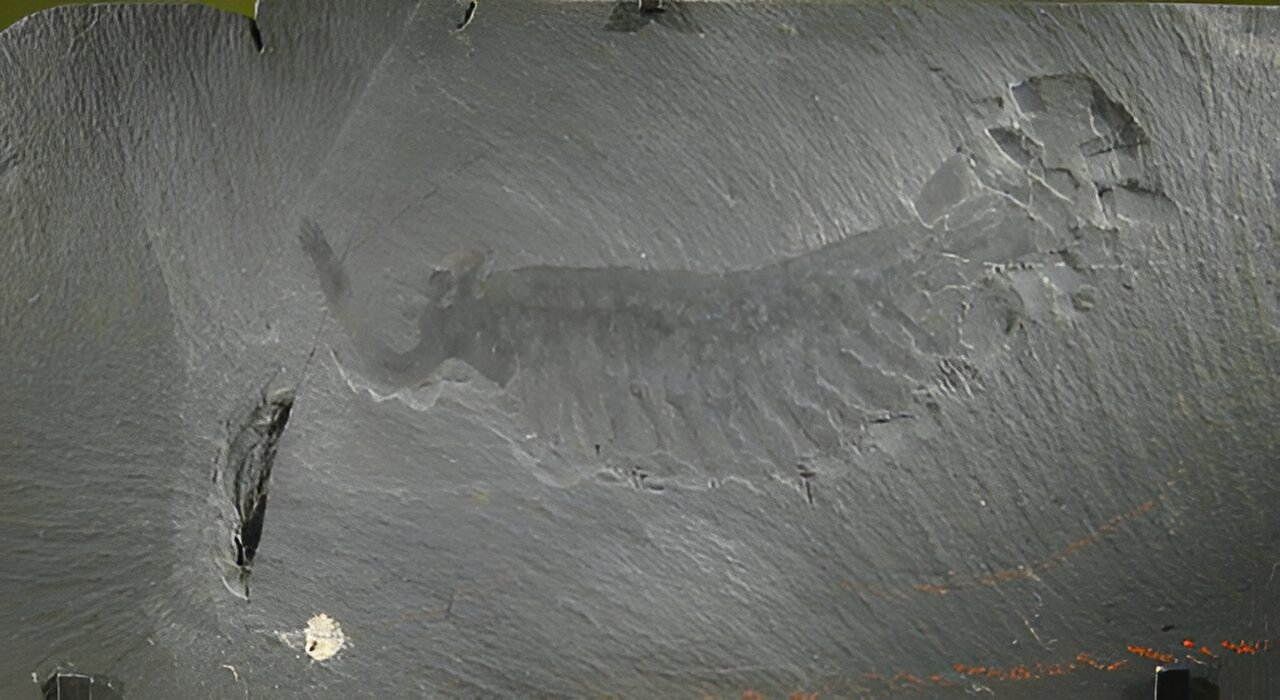
But Earth's atmosphere wasn't always like it is today, and scientists predict that in the future, it will revert back to one that's rich in methane and low in oxygen.

Lengthening days are linked to the oxygenation of Earth's atmosphere, according to a study from 2021.

JADES-GS-z14-0 is rich with oxygen – which is an absolute surprise, since scientists had thought elements heavier than hydrogen and helium weren't around in significant quantities until much later in time.

A recent study demonstrates that oxygen may be produced without the need for life at depths where light cannot reach.

New research provides the clearest evidence yet that the Cambrian explosion - a rapid burst of evolution 540 million years ago, could have been triggered by only a small increase in oxygen levels in Earth's atmosphere and shallow ocean waters.

Using NASA’s Juno spacecraft, scientists have calculated the rate of oxygen production on Jupiter’s moon Europa — the first time any spacecraft had directly measured charged oxygen and hydrogen particles from the moon’s atmosphere.

Astronomers have detected large amounts of oxygen in the atmosphere of one of the oldest and most elementally depleted stars known. This finding provides an important clue on how oxygen was produced in the first generations of stars.

Microbes could have performed oxygen-producing photosynthesis at least one billion years earlier in the history of the Earth than previously thought.

File this under definitely not good: global warming is depleting the oceans of oxygen. You know, that little molecule that we, along with all other complex life forms, require in order to breathe and therefore live.